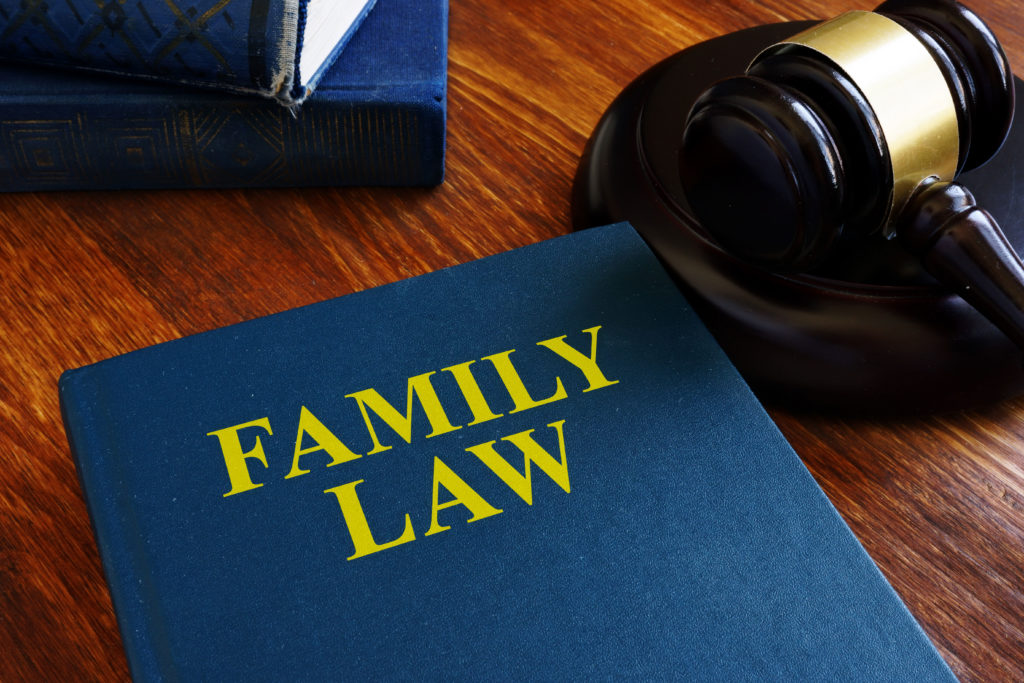Family law is a vital area of legal practice that encompasses a wide range of issues affecting family relationships. It is essential for individuals to understand the various aspects of family law, especially during times of personal upheaval such as divorce, child custody disputes, or domestic violence. This guide aims to provide a comprehensive overview of family law, its key components, and the processes involved, ensuring that readers are well-informed and equipped to navigate these complex legal matters.
Understanding Family Law
Family law refers to the body of law that governs family relationships, including marriage, divorce, child custody, adoption, and domestic partnerships. It is designed to address the legal rights and responsibilities of individuals within a family unit. Family law can vary significantly from one jurisdiction to another, and it is essential to consult local laws and regulations to understand the specific legal framework applicable in your area.
The Scope of Family Law
The scope of family law is broad and can be divided into several key areas, each addressing different aspects of familial relationships. These areas include:
- Marriage and Civil Partnerships: Legal recognition of relationships, including the rights and obligations that come with them.
- Divorce and Separation: The legal process of dissolving a marriage or civil partnership, including the division of assets and liabilities.
- Child Custody and Support: Determining the living arrangements for children and the financial responsibilities of parents.
- Adoption: The legal process of becoming a parent to a child who is not biologically yours.
- Domestic Violence: Legal protections available for individuals facing abuse within a domestic setting.
Importance of Family Law
Family law plays a crucial role in protecting the rights and welfare of individuals and families. It provides a legal framework for resolving disputes and ensuring that the best interests of children are prioritised. By understanding family law, individuals can make informed decisions during challenging times, safeguarding their rights and those of their loved ones.
Marriage and Civil Partnerships
Marriage and civil partnerships are legally recognised unions that confer specific rights and responsibilities upon the parties involved. Understanding the legal implications of these relationships is essential for anyone considering marriage or entering into a civil partnership.
Legal Requirements for Marriage
In Australia, the legal requirements for marriage include:
- Both parties must be at least 16 years old, although those under 18 require parental consent.
- Both individuals must not be closely related.
- The marriage must be solemnised by an authorised celebrant.
- A Notice of Intended Marriage must be lodged at least one month before the ceremony.
Rights and Responsibilities
Marriage and civil partnerships confer a range of legal rights and responsibilities, including:
- Joint ownership of property acquired during the relationship.
- Entitlement to spousal support in the event of separation or divorce.
- Legal recognition of parental rights for children born during the marriage or partnership.
Divorce and Separation
The process of divorce or separation can be emotionally taxing and legally complex. Understanding the legal framework surrounding these processes is crucial for individuals navigating this challenging time.
Grounds for Divorce
In Australia, the primary ground for divorce is the irretrievable breakdown of the marriage, evidenced by a separation period of at least 12 months. Other factors, such as infidelity or domestic violence, may also influence divorce proceedings but are not legally required to obtain a divorce.
The Divorce Process
The divorce process typically involves the following steps:
- Filing a divorce application with the Family Court.
- Serving the application to the other party.
- Attending a court hearing, if necessary.
- Receiving the divorce order, which finalises the dissolution of the marriage.
Child Custody and Support
Child custody and support are critical components of family law, particularly during divorce or separation. The legal system prioritises the best interests of the child when determining custody arrangements and financial support.
Types of Custody Arrangements
There are several types of custody arrangements, including:
- Shared Custody: Both parents share equal responsibility for the child’s care and decision-making.
- Sole Custody: One parent has primary responsibility for the child’s upbringing, while the other may have visitation rights.
- Joint Custody: Parents share custody but may not necessarily live together.

Child Support Obligations
Child support is a financial obligation that one parent may be required to pay to the other to contribute to the child’s living expenses. The amount of child support is typically determined based on the income of both parents and the needs of the child. The Child Support Agency can assist in calculating and enforcing these obligations. Learn more about Brisbane Family Law Services: what to expect and how to prepare.
Adoption
Adoption is a legal process that allows individuals or couples to become the legal parents of a child who is not biologically theirs. The adoption process can be complex and involves several legal steps to ensure the child’s welfare and the rights of all parties involved.
The Adoption Process
The adoption process generally includes the following stages:
- Application: Prospective adoptive parents must submit an application to the relevant adoption authority.
- Assessment: A thorough assessment of the applicants’ suitability to adopt will be conducted, including background checks and interviews.
- Placement: Once approved, the child will be placed with the adoptive parents, often on a trial basis.
- Finalisation: A court hearing will finalise the adoption, granting the adoptive parents full legal rights and responsibilities.
Types of Adoption
There are various types of adoption, including:
- Domestic Adoption: Adopting a child from within the same country.
- International Adoption: Adopting a child from another country, which involves additional legal requirements.
- Step-Parent Adoption: A step-parent adopting their partner’s child, which can simplify legal relationships within blended families.
Domestic Violence and Legal Protections
Domestic violence is a serious issue that affects many families, and the law provides various protections for victims. Understanding these legal protections is crucial for individuals experiencing domestic violence.
Legal Protections Available
Victims of domestic violence can seek legal protections through:
- Apprehended Violence Orders (AVOs): Legal orders that prohibit the perpetrator from contacting or approaching the victim.
- Criminal Charges: Victims can report incidents of domestic violence to the police, leading to criminal charges against the perpetrator.
- Support Services: Various organisations provide support, counselling, and legal assistance to victims of domestic violence.
Steps to Take if Experiencing Domestic Violence
If you or someone you know is experiencing domestic violence, it is crucial to take immediate action. Steps to consider include:
- Seek safety: Prioritise your safety and the safety of any children involved.
- Document incidents: Keep a record of any incidents of violence or abuse.
- Contact authorities: Report the abuse to the police or seek legal advice.

Conclusion
Family law is a complex and multifaceted area of legal practice that addresses various issues affecting family relationships. Understanding the key components of family law, including marriage, divorce, child custody, adoption, and domestic violence, is essential for individuals navigating these challenging situations. By being informed about their legal rights and responsibilities, individuals can make empowered decisions that protect their interests and the well-being of their families.

